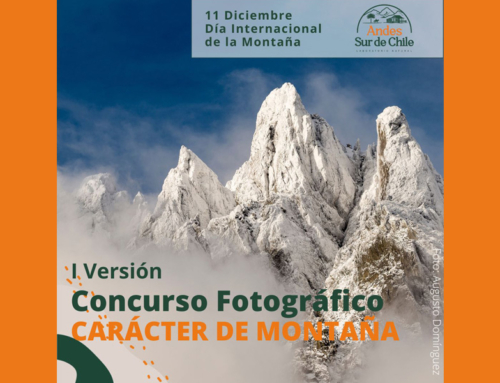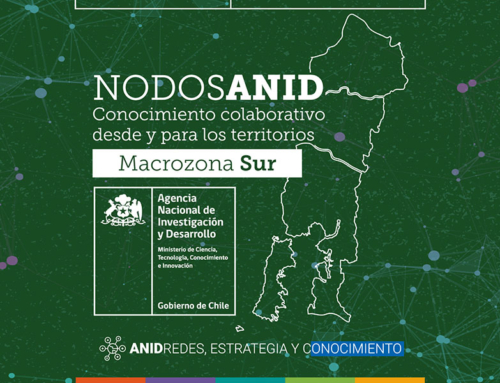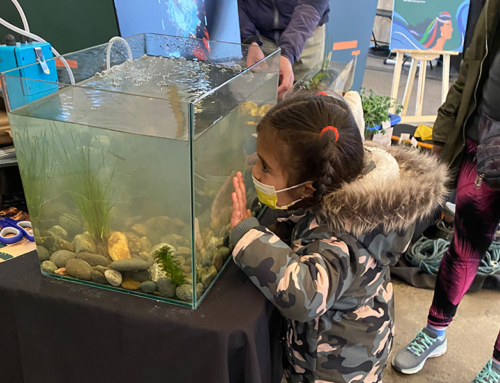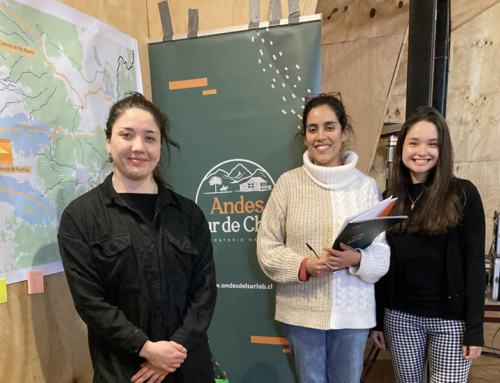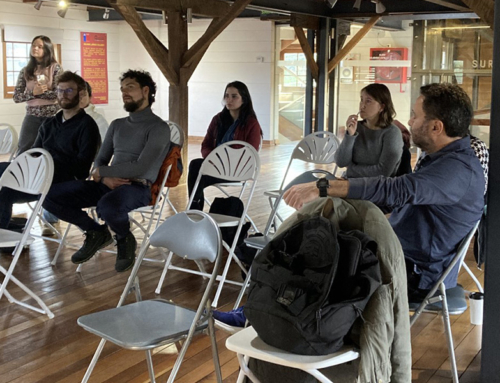What have we found?
In total, we detected a total of 772 articles that talk about the territory that comprises the Natural Laboratory and we can conclude that the largest number of publications is concentrated in the Thematic Laboratory 1: Evolution and Geological Inheritance. This increased production coincides with the eruption of the Chaitén volcano in 2008 and Calbuco volcano in 2016, natural events of high interest for the disciplines involved in this topic.
The results we have collected in the research and bibliometric analysis serve as a baseline to identify the main actors, institutions and national and international research networks associated with the LN Thematic Laboratories.
In analyzing the highlighted papers, we found that the top three most cited papers globally from Thematic Lab 1,
Evolution and Geological Inheritance,
The topics addressed are related to active Andean volcanism and tectonics. On the other hand, the most cited article of LT2 Global Change: Interaction of Forest, Soil and Water ResourcesThe following two correspond to paleo-studies that cover a larger spatial and temporal scale, and are related to the three most cited articles of the Thematic Laboratory 3, Mountain Livelihoods and Habitats The results show that they address issues of archaeology, territorial planning and local ecological knowledge.
The texts found come mainly from the Universities of Chile and Austral de Chile, and the greatest international scientific interest comes from European countries, USA, Australia, Argentina and Brazil.
ABOUT THE RESEARCHERS
In the Thematic Laboratory Evolution and Geological Inheritance (LT1), ehere are a total of 1112 researchers conducting science. Luis Lara has the highest number of publications (n=30), followed by Hugo Moreno (n=26), both associated with the National Geology and Mining Service.
In the Thematic Laboratory Global Change: Forest, Soil and Water Resources Interaction (LT2), we find 740 researchers. Antonio Lara, a researcher associated with the Universidad Austral de Chile, has the highest number of publications (n=21), followed by Ricardo Villalba (n=11) of the Centro Científico Tecnológico (CONICET), Mendoza, Argentina.
By Finallyin the
Thematic Laboratory Modes of Life and Mountain Dwelling (LT3)
we found that the largest number of publications belongs to Hugo Zunino, researcher associated with the Universidad de La Frontera (n=11), followed by Marisela Pilquimán (n=9) from the Universidad Austral de Chile.



